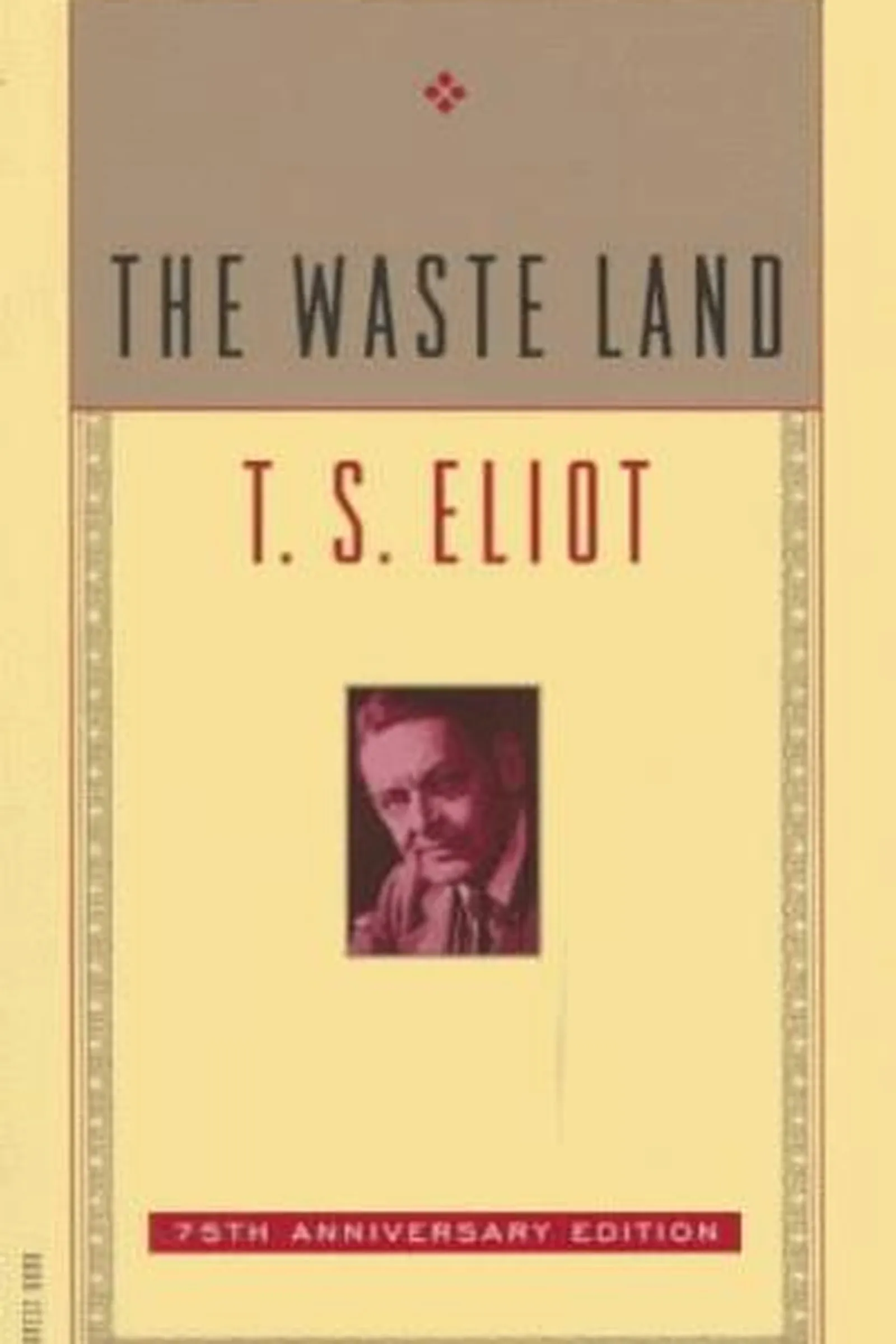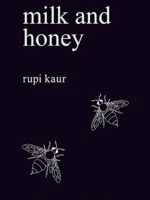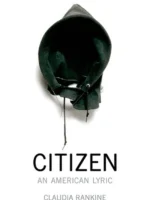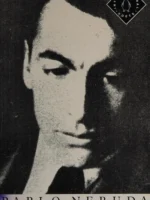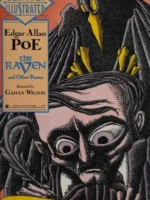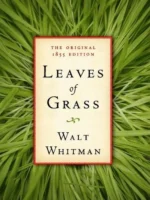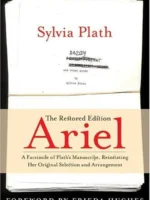The Waste Land, T.S. Eliot, 1922
- Author: T.S. Eliot
- Genre: Poetry
- Publisher: Harcourt Brace
- Publication Year: 1922
- Pages: 64
- Format: Paperback
- Language: English
- ISBN: 978-0156949606
- Rating: 3,8 ★★★★☆
The Waste Land Review
The Waste Land by T. S. Eliot is a fractured mirror of the modern world. Published in 1922, it splices myth, street talk, scripture, and song into a portrait of spiritual drought. For you, this poem offers intensity and challenge: a collage that asks you to listen for echoes rather than chase a single story. It is bleak in places, yes, but also alive with the urge to recover meaning.
Overview
Eliot builds five sections that move from spring’s unease to a thunder that finally speaks. Voices flicker in and out. Languages shift. High culture sits next to pub banter. You will notice motifs of water withheld and sought: rain as mercy withheld, rivers as memory, a dry stone where you cannot stop. Footnotes in some editions guide but also tease: the poem wants your participation.
Summary
The Burial of the Dead opens with April as a mixed blessing and sketches figures wandering through a city of ghosts. A Game of Chess shows luxury that cannot soothe anxiety. The Fire Sermon maps lust and boredom along the Thames. Death by Water is a short drowning: a warning against forgetting limits. What the Thunder Said pushes through ruins toward a cracked blessing: the thunder offers three syllables that point to restraint, generosity, and compassion. The closing fragments settle on a modest prayer for peace.
Author
T. S. Eliot blends scholarship with street sense. His style is elliptical yet precise. You benefit from a poet who trusts you to hold multiple tones at once.
Key Themes
You will explore cultural exhaustion and the search for renewal. You will see desire stripped of meaning and then reexamined. You will meet memory as both weight and lifeline. You will consider fragments shored against ruin: art as salvage and signal.
Strengths and Weaknesses
Strengths: dense music, layered allusion, and images that lodge in the mind. Weaknesses: difficulty by design can repel on first pass, and some references require notes. Overall: a central modernist work that rewards rereading.
Target Audience
This poem suits readers who like puzzles with payoff and teachers who want a primer in modernism. It works for book clubs ready to read slowly and compare notes.
Favorite Quotes
Short lines stand out: April is the cruellest month; I will show you fear in a handful of dust; these fragments I have shored against my ruins; Datta Dayadhvam Damyata.
Takeaways
For you, the key takeaway is that meaning can be rebuilt from shards. Attention, restraint, and compassion become tools for weathering a noisy age.
| pa_author | T.S. Eliot |
|---|---|
| ISBN | 978-5-750-42512-7 |
| pa_year | 1968 |
| Pages | 565 |
| Language | English |
